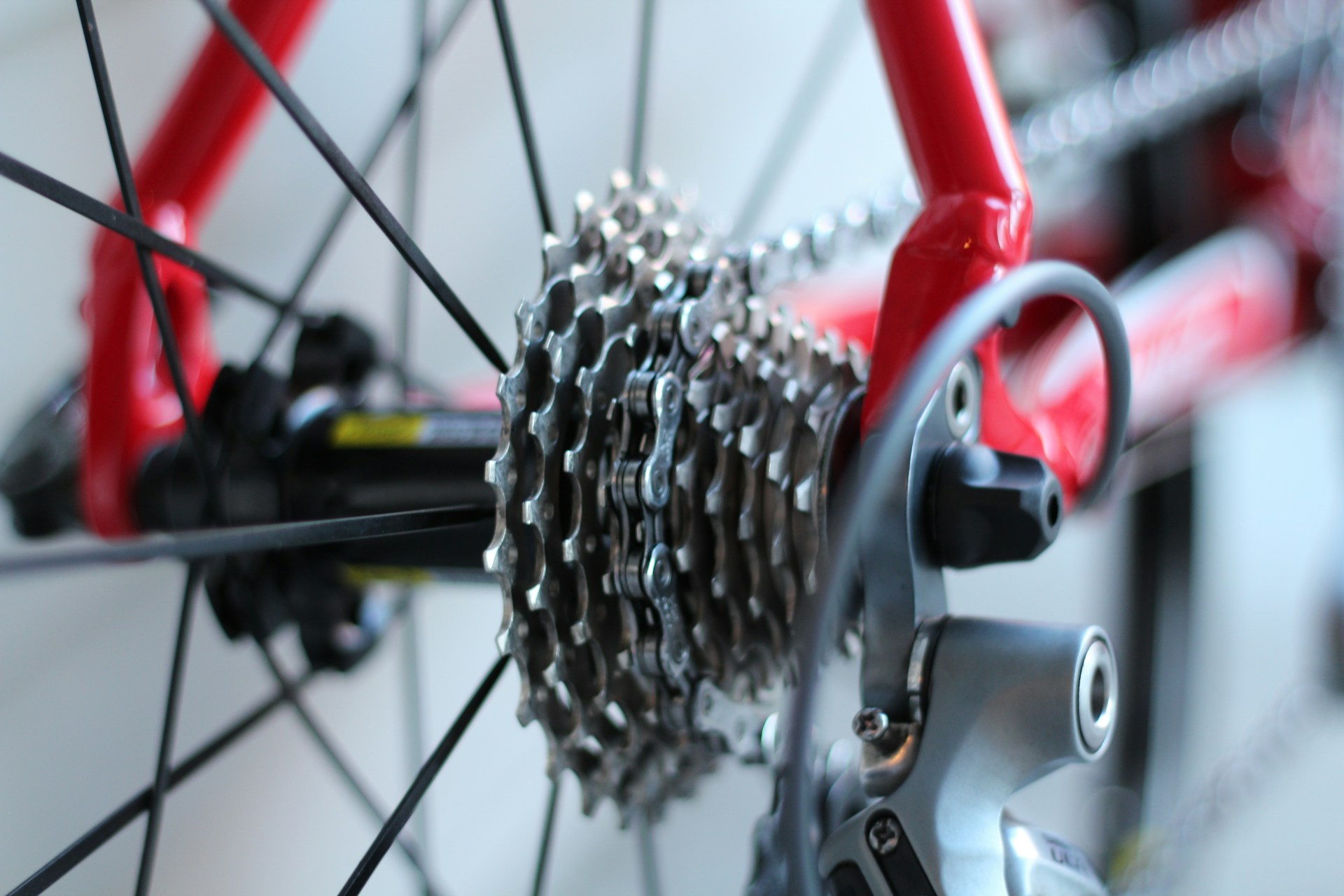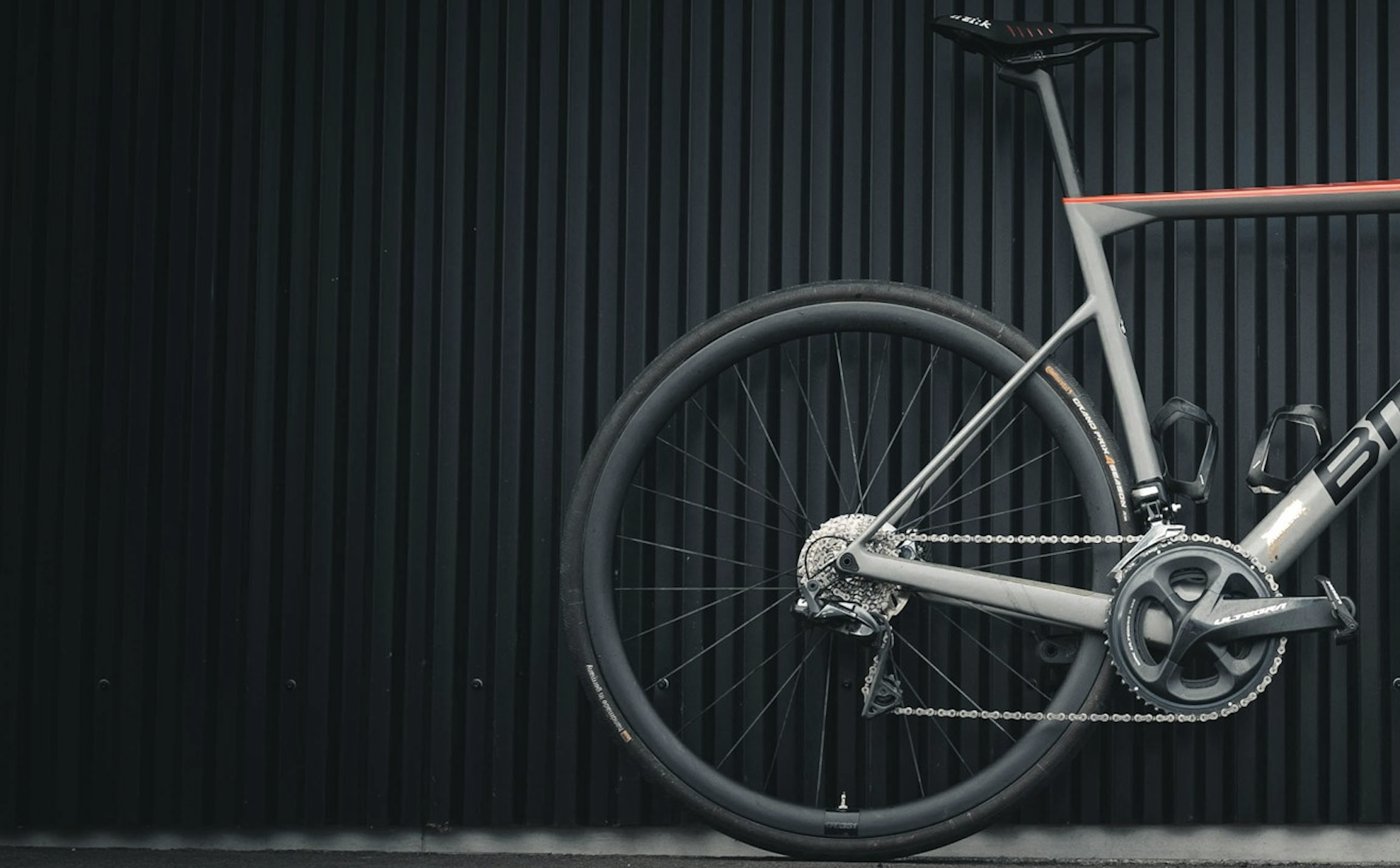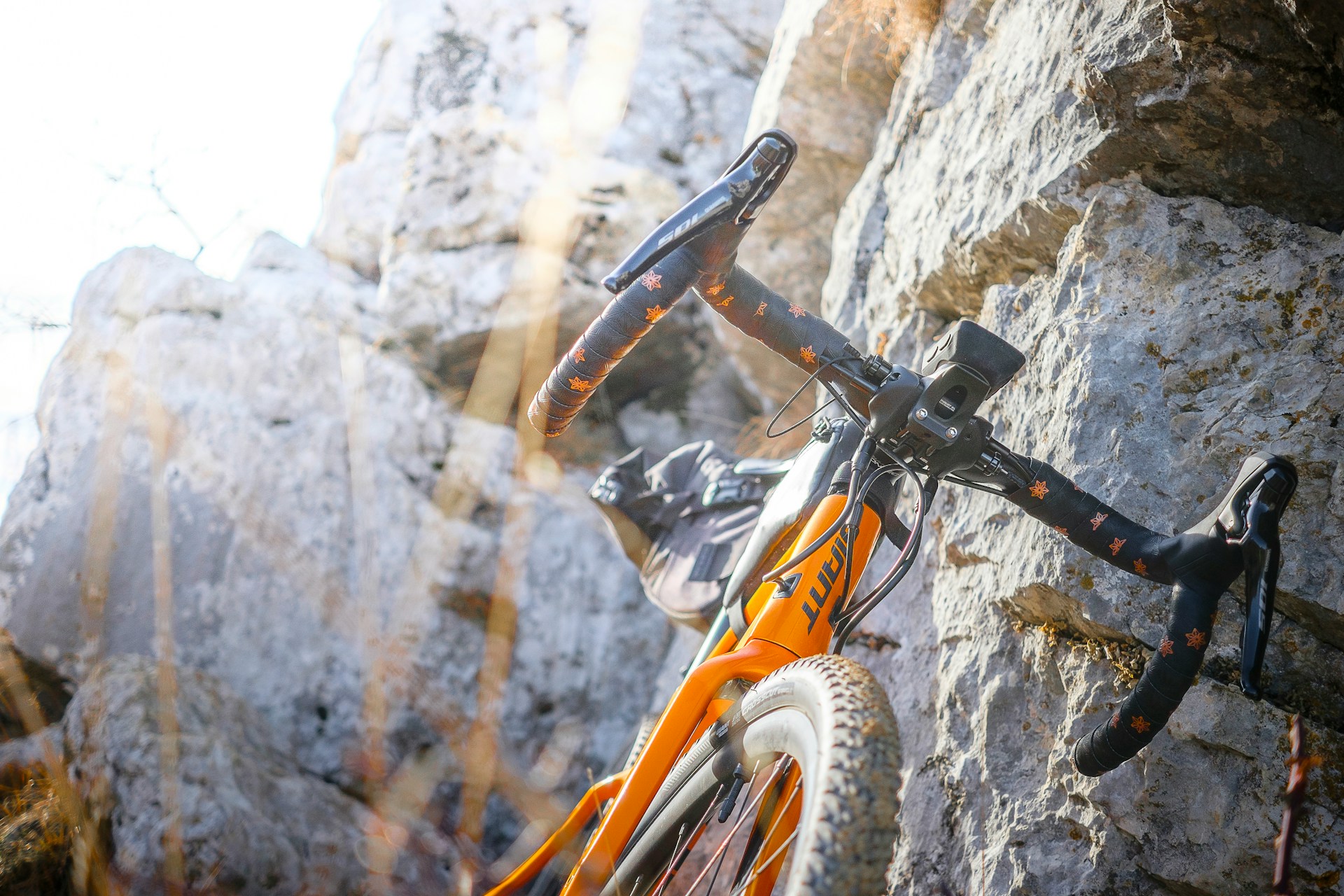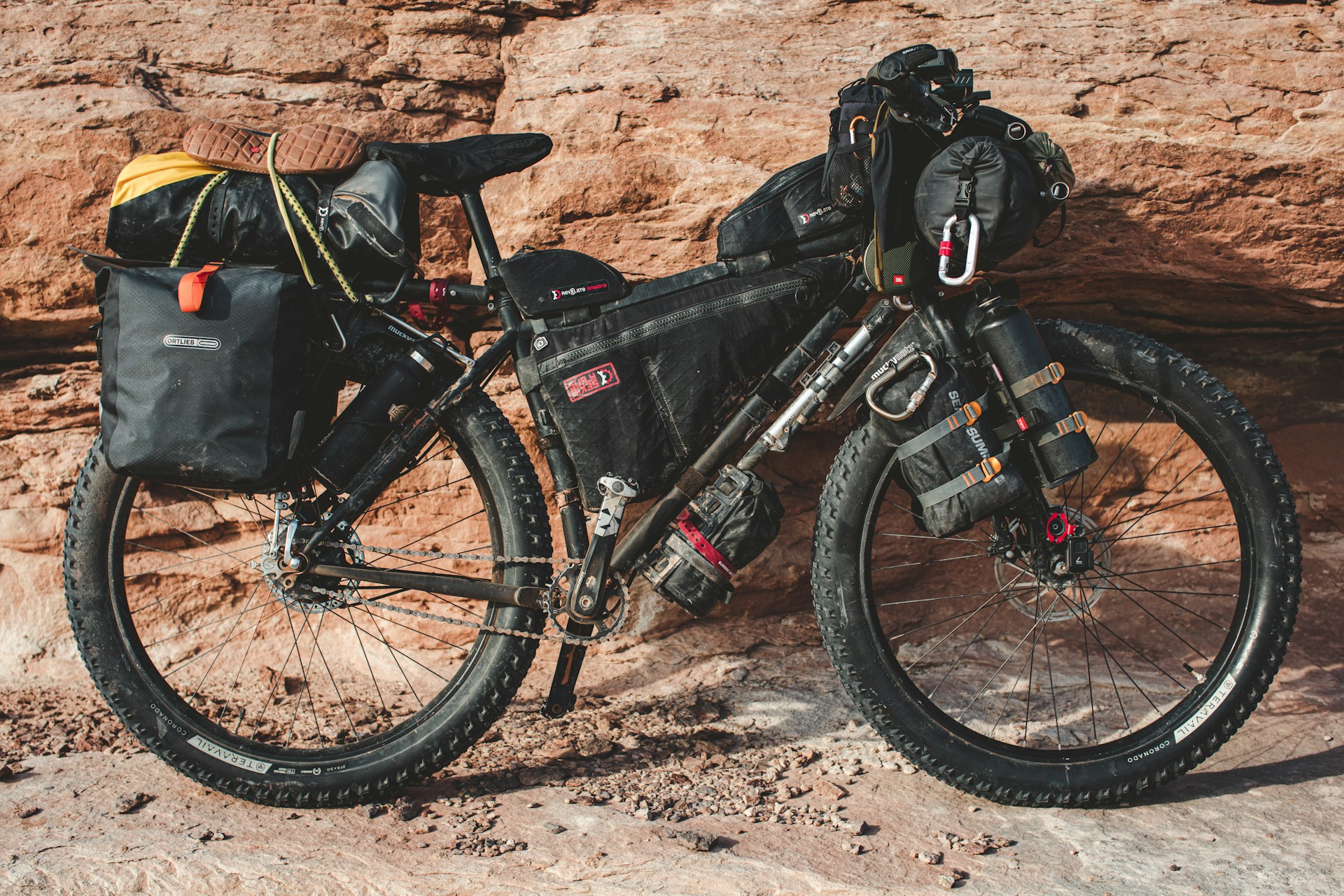
How to Tighten a Bike Chain?
Tightening a bike chain is a crucial maintenance task that ensures your bike rides smoothly and efficiently. Let’s go through these steps to keep your chain in optimal condition.
Identify the Bike Type
Depending on what kind of bike you have, the chain may be tightened differently. For example, a fixed gear bike chain is tightened differently than a derailleur chain.
Fixed Gear Bike Chain
Without Chain Tensioner
In order to tighten a fixed gear bike chain, that has no chain tensioner installed (we’ll get to that later), you’ll need to do the following:
- First, see if you’ve got a thru-axle, quick release or a regular axle with bolts.
- Once you’ve identified the type of axle, you’ll need to loosen the back wheel from the bike frame.
- Then, you’ll need to pull the entire back wheel backwards, to create chain tension and remove the chain slack.
- Once you’ve done that, you can tighten the wheel back.
- Press the chain from one side (top to bottom, or otherwise) and if you see a movement of 5-10 millimeters, you’re good to go.
- If you don’t see that much movement, then it’s too tight!
With Chain Tensioner
Chain tensioner is a tool that allows you to tighten the chain without removing it from the bike. It’s a simple tool that has a screw on one end and a chain on the other end. If you’ve got this on your fixed gear bike, you loose Fixie Points, and are not that cool anymore, BUT you’ll have a much easier time tightening the chain. All you need is to adjust it with an allen key or a screwdriver depending on your chain tensioner.
Derailleur Bike Chain
For derailleur bikes, you’ll need to adjust the chain tension via rear derailleur using the following methods:
- Barrel Adjuster: The rear derailleur’s barrel adjuster modifies the cable tension, which affects the chain’s transitions between gears. If the chain feels loose or is skipping gears, turning the adjuster clockwise can help tighten the cable and bring the derailleur closer to the bike.
You won’t need to tighten your chain so often, but when you do, you can try these methods above, if you’ve been riding a fixed gear bike you’ll know when you need to do it and also with a derailleur bike, for me I know when the chain gets longer, and shifting becomes a bit sloppier it’s time to do it.
FAQ
How tight should a bike chain be?
- On a derailleur bike chain, a good chain tension should allow shifting to all cogs easily and on the lowest gear, there should be no unnecessary tension on the derailleur and on the highest gear, there should be no slack on the chain.
- On a single speed or fixed gear bike: as tight as possible without binding. Meaning, chain should not bind to the rear cog or hub and make some terrible noises. Also another rule of thumb is, if you try to move the chain up and down midway between rear cog and your chainring, there should be 5-10mm (1/4” to 1/2”) of movement on the chain.
Do I need special tools?
Tightening a chain usually happens on a singlespeed or a fixed gear bike more often, since chain gets a bit looser over time. In that case, if you have a chain tensioner, all you need is an allen key or a screwdriver. Otherwise you need to loosen up the axle nuts and any wrench will do the trick. So, generally no, you don’t need any special tools.
Is a tight chain better than a loose one?
Neither. Both are not good and neither is better than the other. Best is a chain, that has just the right tension. A loose chain will make shifting or riding unpleasent and even dangerous. A tight chain may be less dangerous but ride quality will suffer and your components too.
On VeloPacker, I’m building a reminder system, that will let you know when it may be time to check up on your bike and tighten the chain. You can join the waitlist and be among the first to try it out!



